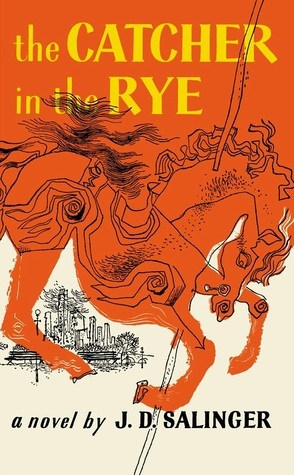Chapter 37: Rituals of Horror and Control
byChapter 37 unfolds as Roddy steps into Emily’s dimly lit bedroom with a focused demeanor, carefully balancing a tray that holds a rather unsettling sight—a goblet filled with a strange, white, lard-like substance streaked with thin red threads. Despite the unbearable pain that confines her to bed, Emily’s gaze lingers on the odd offering before her, her curiosity outweighing her discomfort. As Roddy approaches, he explains that this peculiar meal is a carefully prepared suet pudding, something he had stored in the freezer and deliberately chose to reheat in the oven rather than using a microwave, which he considers destructive to essential nutrients.
This is no ordinary meal—it carries a deeper purpose, one meant to prepare Emily for the ominous task ahead, demanding that she regain some of her vitality. The disturbing reality behind the dish soon comes to light: the suet is derived from the rendered fat of Peter Steinman, a child whose body, though not exceptionally fatty, yielded what Roddy refers to with eerie admiration as ‘edible gold.’ As Emily devours the grotesque meal with an unsettling hunger, Roddy ensures that every last drop is consumed or put to use, turning the experience into something ritualistic and unnervingly precise.
Roddy does not stop at feeding Emily; his care extends to a more physical application of the rendered fat, spreading it methodically over her pain-ridden body. Each motion is deliberate, focusing on areas marred by injury or illness, creating an intimate yet disturbing dynamic between the two. While his actions may seem therapeutic on the surface, they carry an unmistakable undercurrent of preparation, with cryptic hints about the future use of a young girl’s liver and references to other morbid culinary intentions casting a sinister shadow over the moment.
As the night progresses, the story pivots sharply, shifting attention to Bonnie Dahl, who awakens in an entirely different and horrifying predicament. The stark contrast between her situation and Emily’s is jarring—where Emily is bedridden yet seemingly complicit, Bonnie finds herself stripped of any agency, lying completely exposed and immobilized. Panic grips her as she takes in her surroundings, realizing that she is restrained and vulnerable, with Roddy and Emily now clad in gloves and aprons, their attire hinting at something far more sinister than mere caregiving.
The unsettling shift in the narrative highlights a broader theme of control and manipulation, drawing attention to the power dynamics at play. Emily, despite her reliance on Roddy, retains a certain degree of privilege within their grim relationship, whereas Bonnie appears to be nothing more than an unwilling participant in whatever macabre plans are unfolding. This distinction amplifies the horror, forcing the audience to confront the implications of absolute power being wielded over another person in such a grotesque manner.
Beneath the surface of this grotesque tale, echoes of real-life horrors emerge, drawing unsettling parallels to historical cases of survival cannibalism, cult-driven sacrifices, and extreme psychological conditioning. Throughout history, instances of individuals resorting to such acts—either out of necessity or deep-seated ideological beliefs—have been documented, raising disturbing questions about human nature. The psychological complexities behind such behavior often stem from desperation, coercion, or a warped sense of ritualistic purpose, making the story even more chilling in its plausibility.
Emily’s acceptance of Roddy’s methods, coupled with Bonnie’s helplessness, underscores a terrifying reality—the erosion of autonomy and the gradual normalization of the unthinkable. While Bonnie’s fear is immediate and visceral, Emily’s position suggests something even more insidious: the ability of manipulation to warp one’s perception to the point where horror becomes routine. The contrast between these two perspectives deepens the tension, forcing readers to question how individuals can be led down such disturbing paths.
As the scene reaches its chilling climax, the question of what comes next looms heavily over the narrative. The sterile precision of Roddy and Emily’s preparations suggests that Bonnie is not just a captive but the next ingredient in their twisted rituals. The mere presence of gloves and aprons transforms the atmosphere into something akin to a surgical theater, heightening the sense of impending doom and leaving the audience on edge, anticipating the unspeakable horror about to unfold.
This descent into darkness is not merely a matter of physical horror but psychological as well, showcasing the depths of depravity that can exist when morality is abandoned. The interplay between control, submission, and helplessness adds layers to the horror, making it more than just a grotesque tale—it becomes a study in human psychology, power, and the terrifying ease with which one can be drawn into something unthinkable. The story’s ability to unsettle its readers does not rely solely on graphic details but rather on the psychological torment embedded in its characters and their interactions.
The final moments of the chapter leave no doubt that whatever is about to happen next will only push the narrative further into a realm of pure horror. Bonnie’s fate is left dangling in uncertainty, amplifying the tension and ensuring that readers are left with an unshakable sense of dread. Whether she will suffer the same fate as Peter Steinman or something even worse remains unknown, but one thing is certain—the night has only just begun, and the horrors within it are far from over.


